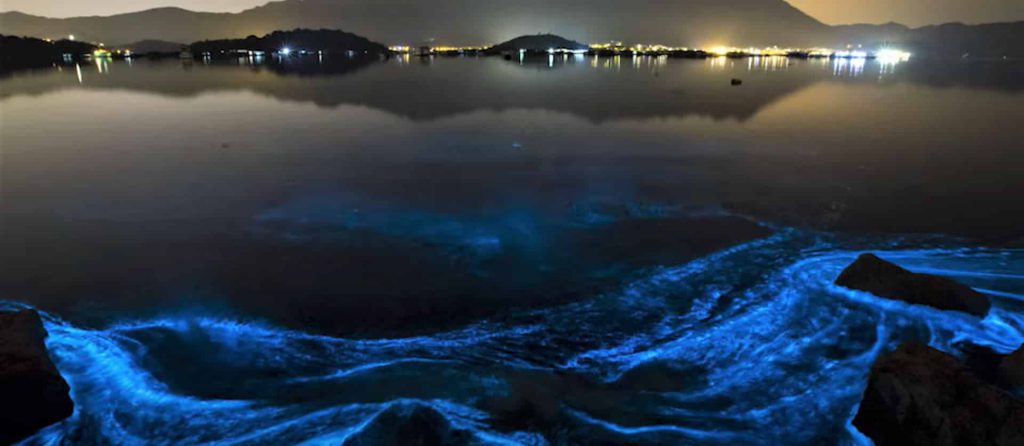The melting glaciers on the Himalayas can be linked to the algal boom in Oceans, well, there is a connection here, and we were surprised too. Then a loss of snow and ice on earth’s highest mountain peaks could be driving dangerous changes in the food chains of distant Coastal water, according to the new research.
When the new research published this week in Nature’s Scientific report describes how the continued loss of snow over the Himalayan Tibetan Plateau region is fueling the expansion of this destructive algal bloom. Led by Joaquim I Goes from Columbia University Lamont-Doherty Earth Observatory, the study uses field data, laboratory experiments, and decades of NASA Sattelite imagery to link the rise of Noctiluca in the Arabain Sea with melting glaciers and a weakened winter monsoon.
The Himalayas will be more effective by the nature of the Indian Subcontinent in a major way and has a major role in sort of fertilizing the Arabian Oceans, as the cold winds from the Himalayas lead to the cooling of the upper surface of the water.
This time global temperature rising randomly, When you have seen that the winter has become more humid and less oxygen-rich, this allows microbes that we can survive in oxygen-depleted regions to grow two folds.
This algal bloom has an adverse effect as it harms the water quality and leads to a lot of fish mortality. The algae can even hold up a lot of ammonia, making it poisonous. The fear that these blooms will only grow, and could be increasingly determintal regions like Somalia and Vietnam, leading to a loss in fisheries.

